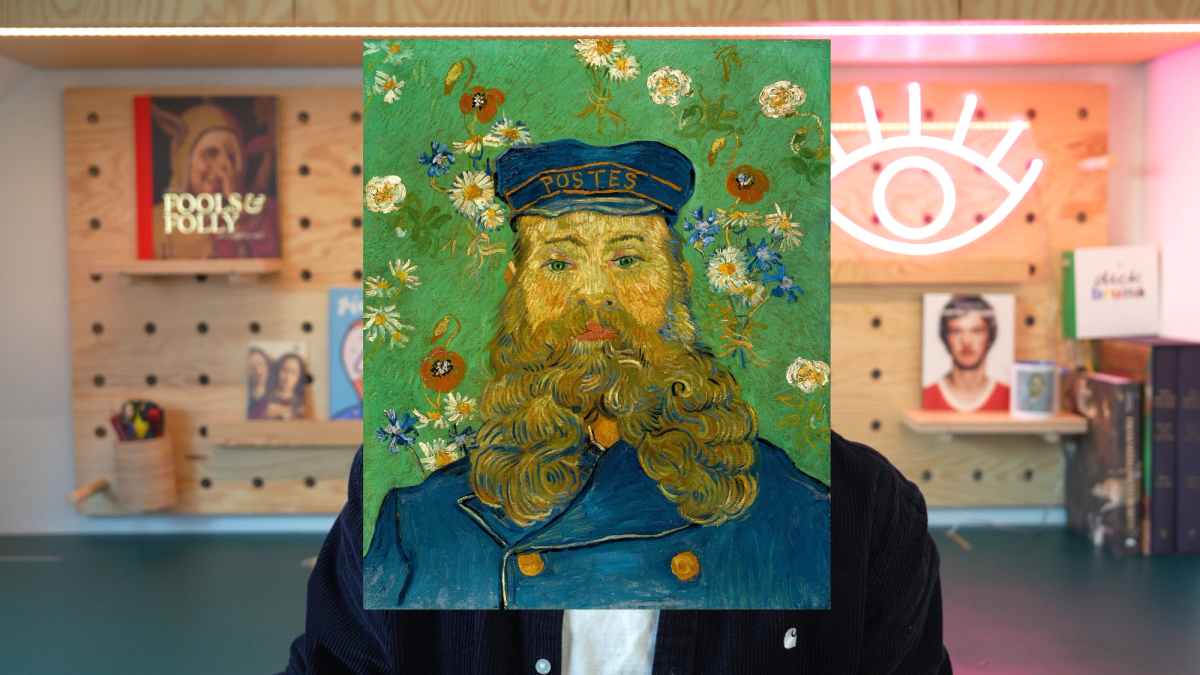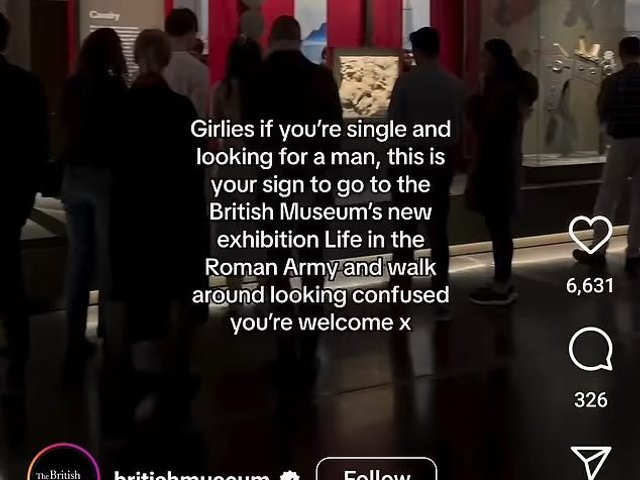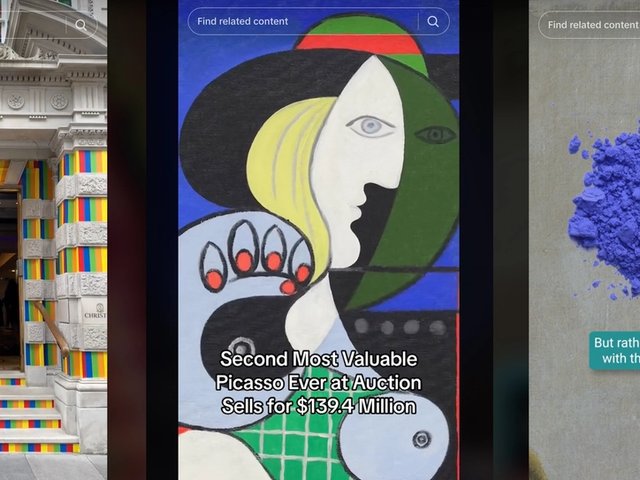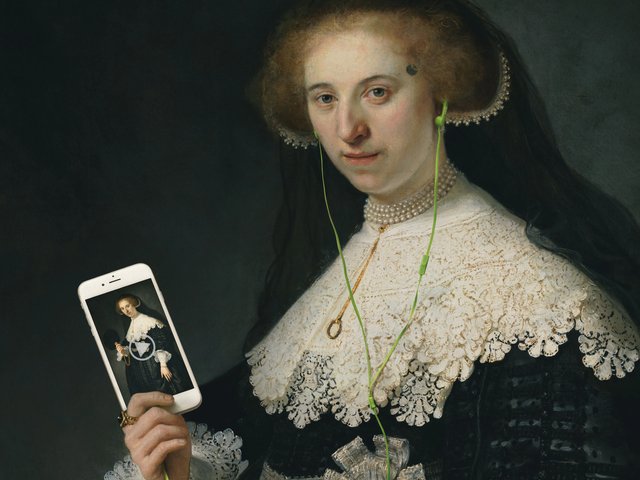Social media can feel like a minefield and the art world seems to find it particularly mystifying—hence why this column exists. But I’m not the only one to have noticed this niche need. In the past couple of years, several social media-savvy individuals in the arts have launched businesses aimed at helping the sector to improve its online game. These arts-centric social media consultancies include Send it Social and The Social Art Agency, as well as individuals such as Haydn Corrodus and Matthijs Van Mierlo, to name but a few.
So, why is art-world social media becoming a booming business of its own? “When you factor in organisations undervaluing social media, a lack of digital literacy among key stakeholders and limited budgets, traditional social agencies may struggle to pitch ideas or grasp the intricacies of a cultural organisation,” says Corrodus, who is based in the US and became a full-time consultant 18 months ago.
“This niche consulting seems to be riding the broader wave of museums and art institutions really embracing the digital age,” say Maria Robles Gonzalez and Sierra LaDuke, the co-founders of the US-based company Send it Social, which was founded in 2023. They point to Covid-19 as the catalyst for the increased focus on social media in the arts.
Send it Social at first intended to work with nonprofits in general before it honed in on museums. “We began to realise that museums were content goldmines due to all the stories housed in their collections, which when shared online could resonate with people due to our shared humanity,” Gonzalez and LaDuke say. “Between the access to great stories and the impact we could make, it felt like a no-brainer to niche down.”
Belgian digital creative Van Mierlo runs the award-winning social media account The Gaze and became a freelance content creator in 2023, working with museums including London’s Royal Academy of Arts and Oslo’s Munch Museum. He agrees that art organisations have great stories, but often struggle to tell them. “The way you tell a story inside a museum, in a brochure or in a book is completely different from the way you tell a story aimed at an online audience,” he says. “I think many museums and institutions lack this specific online storytelling expertise.”
He believes that one of the reasons these niche specialists have emerged is because the art world has its own language, history and context. “A good story is a good story, no matter the topic, but of course you need a thorough knowledge of the arts in order to tell a story about it,” he adds.
In-house expertise
There are also many benefits to having an outside perspective. “Oftentimes, working at art and museum institutions, there is a ‘curse of knowledge’ where you have experts in the field who know so much about a certain topic, but may not be able to articulate it in a concise way,” Gonzalez and LaDuke say. Van Mierlo’s engaging educational videos—“in a tone that, if they used it, wouldn’t fit [a museum’s] style”—also appeal to a young audience that art organisations are trying to reach.
There is agreement that in-house expertise in creating digital content is often lacking within museums. Not only do you need art experts and people with a knack for storytelling, but also those adept at filming, hosting and editing video, and creating graphic design and photography, not to mention strategising and analysing data. “Creating high-quality content that reaches a broad audience involves a great deal of expertise and specialists, which isn’t cheap to have in-house,” says Van Mierlo.
But Corrodus argues that external consultants are just a “band-aid” for an ill-equipped sector: “The very obvious truth is the cultural organisations that have good in-house social teams or expertise—such as the Crab Museum and the Vagina Museum—are the organisations that are winning.”






